Disease in herring threatens broader food web
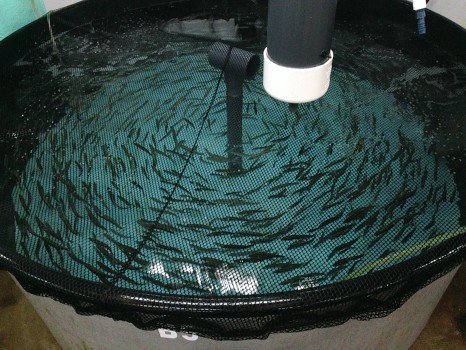 Tiny herring eggs and larvae are eaten by a multitude of invertebrates, such as crabs and amphipods. They are also important to fish, such as juvenile salmon and smelt, as well as numerous marine and diving birds. As herring grow into juveniles and adults, they enter into the larger food web, including numerous marine mammals, from harbor seals to orcas; vast numbers of birds, from tufted puffins to great blue herons; and a wide variety of fish, from Chinook salmon to halibut. Paul Hershberger, research fisheries biologist with the U.S. Geological Survey, has been studying diseases of herring at his lab on Marrowstone Island near Port Townsend. Read the article here 21:22
Tiny herring eggs and larvae are eaten by a multitude of invertebrates, such as crabs and amphipods. They are also important to fish, such as juvenile salmon and smelt, as well as numerous marine and diving birds. As herring grow into juveniles and adults, they enter into the larger food web, including numerous marine mammals, from harbor seals to orcas; vast numbers of birds, from tufted puffins to great blue herons; and a wide variety of fish, from Chinook salmon to halibut. Paul Hershberger, research fisheries biologist with the U.S. Geological Survey, has been studying diseases of herring at his lab on Marrowstone Island near Port Townsend. Read the article here 21:22

































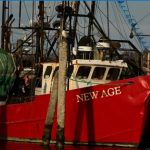
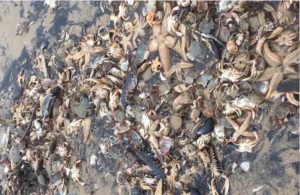
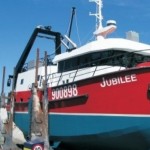
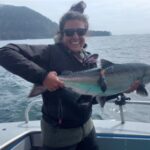


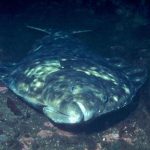

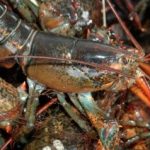
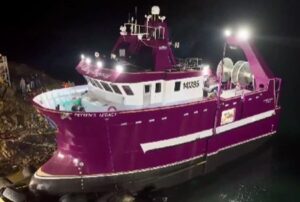


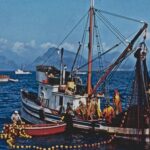



Leave a Reply